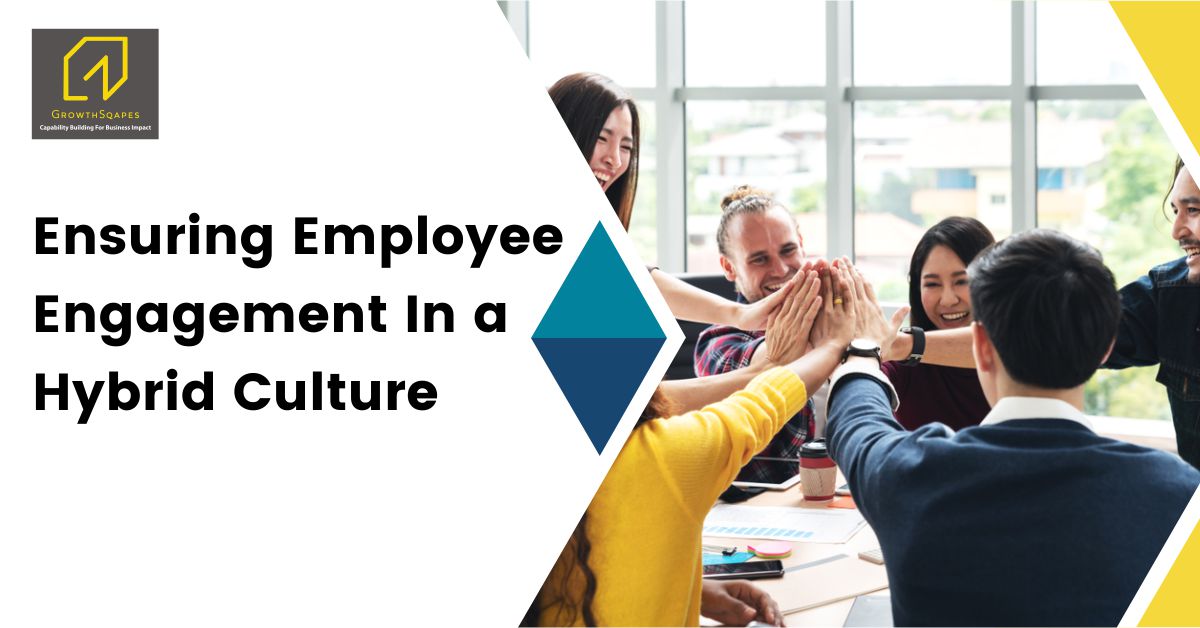Context
In many ways, we spend almost a third of our lives in our office. If you look around you will notice that some of your closest friends are people whom you met at various jobs over the course of your career. Perhaps it will be true for you also, that before the pandemic Covid 19, every day you looked forward to seeing friends at work, going out with them for lunch, getting coffee, being in meetings together, and having impromptu coffee-corner conversations. These friendships not only defined but also transformed what work meant to you. In fact, it wasn’t just work, it was life.
In the study of sociology, the “proximity principle” describes the tendency of people to form friendly bonds and interpersonal relationships with those who are nearby. We often tend to become friends with people we meet regularly, energizing each other, bringing joy to each other and sharing a smile, an inside joke, or few drinks after work.
Studies reveal that these friendships really matter for employee engagement. A Gallup survey found that employees who have a “best friend” at work are seven times more likely to be engaged at their job. This engagement has a positive corelation with employee motivation and organizational climate. For years prior to the pandemic, organizations benefited from the proximity principle. Many leaders further invested in office layouts, micro kitchens, and team bonding events to encourage even more shared moments. They were rewarded with a workforce that was highly engaged.
Then Covid happened. Proximity became harder to come by than ever. Even employees who did go to the office found it empty or populated by coworkers they barely know due to sanitization arrangements. After Covid, many workplaces have become hybrid. Work From Home is an established practice in the post Covid world for several reasons, both from the employer side and the employee side. However, as evidenced by several employee engagement surveys, burnout, and attrition across industries, employees’ social and emotional needs are no longer being met. Many people feel isolated and fatigued working from home, yet most (81%, according to a Harvard Business School survey) don’t want to give up the flexibility of not having to come in every day.
In the light of this new reality, it is for the leaders to take charge of the situation. How can leaders fill their employees’ cup? How do leaders provide autonomy and flexibility while fostering togetherness? How can they balance social interaction with efficiency, since no one likes long meetings? Leaders need something to replace the daily social dopamine shot employees used to get from interacting with coworkers in the office — but as we’ve experienced over the last two years, more emails and Teams/Zoom happy hours aren’t going to do the trick. So, what will?
The growing importance of organic interactions
Employee experience can be seen as the combination of three types of interactions. First is of one-to-many interactions, second is of one-to-one interactions and third is of one-to-few interactions. While the leadership teams set the strategy and provide coverage with corporate brand, culture, values, and policies such as compensation philosophy, parental leave, return-to-office mandates, and the like, the game on the ground is what employees experience day-to-day with their managers, peers, and subordinates. This ground game involves managers going out in the field, walking the talk, meeting up with people, and confronting real problems on the ground. This ground game is organic interaction in its purest form. And it is this ground game that is an antidote to the digital interactions.
While organizations need to have all three types of interactions, it’s often quite hard, if not impossible, for a corporate leadership team to facilitate deep connection from the top down. In today’s virtual and hybrid work reality, employee engagement and human connection are a person-to-person ground game. Imagine watching an IPL cricket match one evening in a stadium with your team mates versus watching the same on computer with everyone being logged in at the same time. We realize that the online experience is nowhere close. Analogically speaking, in a remote work environment, the ground game becomes more important than ever in driving employee experience, engagement, and loyalty.
Leaders are key
Owing to the fact that organic interaction has no alternate, leaders and managers are in the best position to initiate and facilitate these interactions because of the personal relationships they have with each member of their team. They are the proverbial key to unlock the doors of people- to- people organic interaction. But managers themselves need more support. A Gallup study showed that those who are in people management positions have taken a greater mental health hit than individual contributors. Over the last two-three years, many newly promoted managers, first time managers in particular, have been overwhelmed by having to suddenly manage remote workers facing issues pertaining to health, childcare, relocation, and a list of other personal challenges.
To succeed in the ground game, senior leaders and HR teams in organizations must support new managers with specialized onboarding, training, analytics, and ready-to-use FAQs and playbooks. They need to be imparted with first time manager training so that they are trained to address issues such as; what to do when an employee stops engaging during team meetings or has a family member who falls sick. In these dynamic times, leaders also need to grant managers greater autonomy to cut through some of the prevailing bureaucratic red tape and make the right decisions to support their employees in real time. As it emerges, many situations are still unprecedented and urgent. Hence managers need to be trusted to make the correct decisions in the moment in addition to knowing where to go if additional support is required. For the leaders, they also need to be exposed to leadership development programs so that they can learn newer ways to support and facilitate their teams.
This blog is written by Namita Singh, a Consultant & Project Manager with GrowthSqapes.


